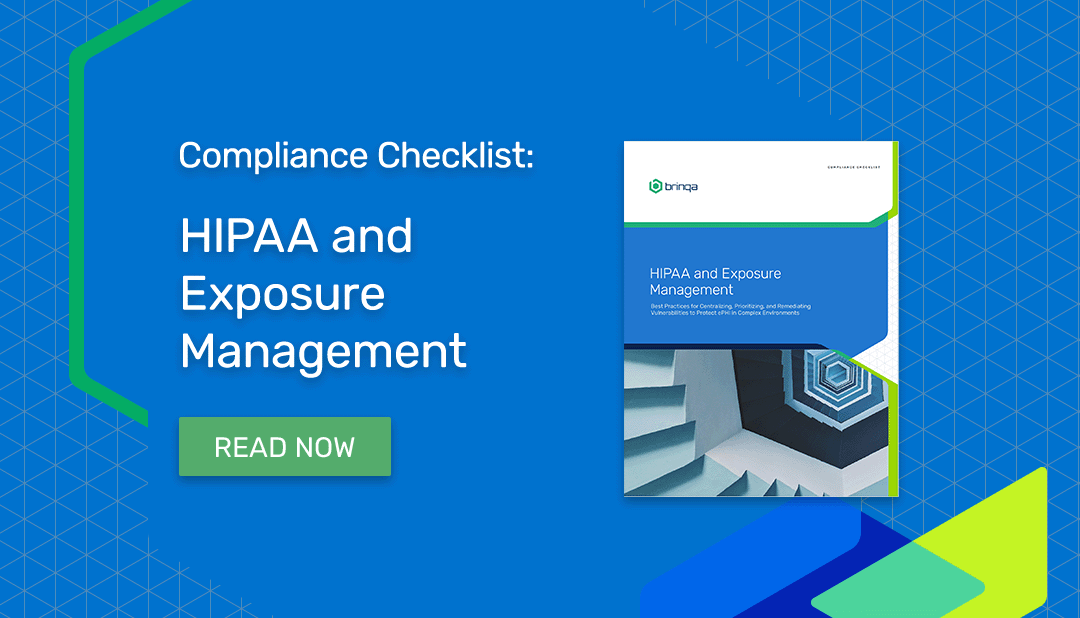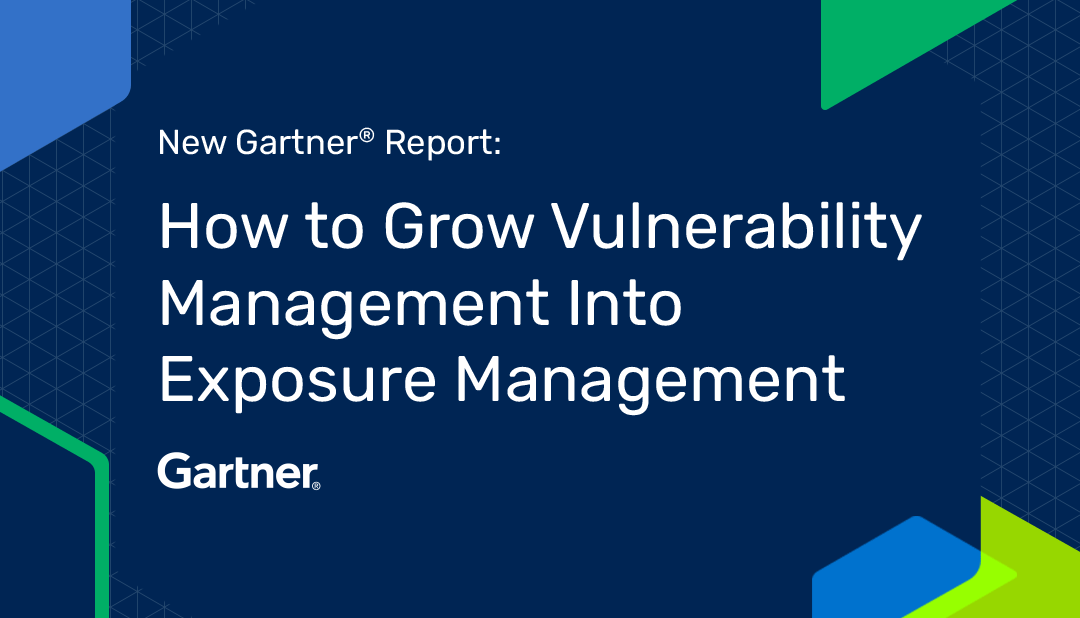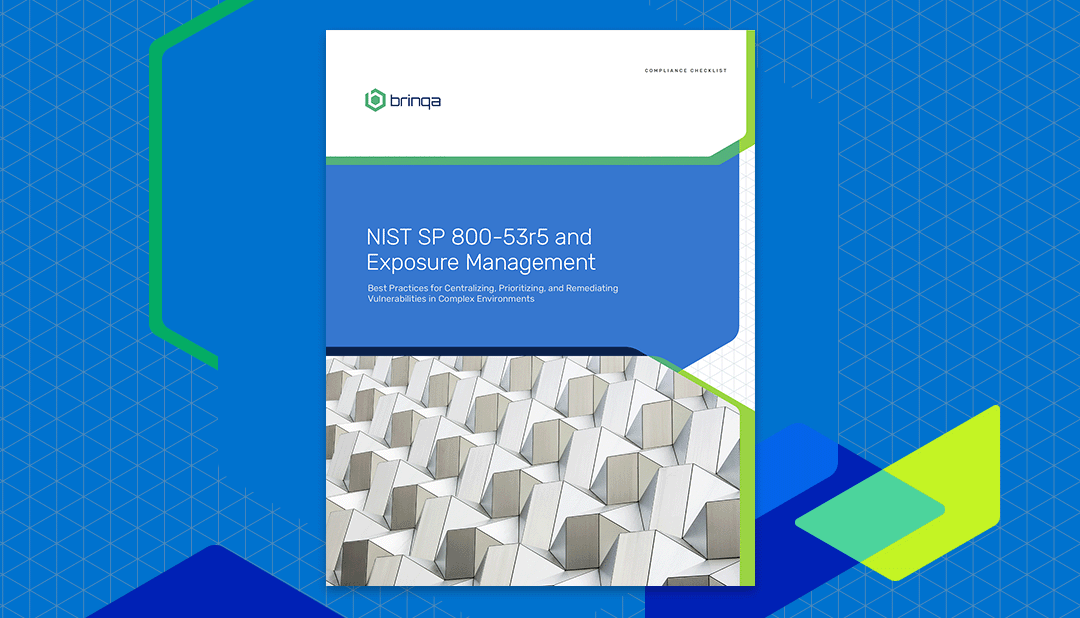

Managing Vulnerabilities and Exposures to Safeguard ePHI for HIPAA Compliance
In today’s healthcare landscape, the protection of sensitive patient data isn’t just a best practice — it’s the law. The Health Insurance Portability and Accountability Act (HIPAA), enacted in 1996, sets the standards for protecting electronic protected health information (ePHI) in the U.S., including detailed HIPAA Security Rule requirements that govern how organizations must manage risk.
HIPAA applies to the following types of organizations.
- Covered entities such as healthcare providers, health plans, and healthcare clearinghouses
- Business associates, including vendors or subcontractors that handle protected health information (PHI) on behalf of covered entities
HIPAA is currently enforced by the U.S. Department of Health and Human Services (HHS), particularly through the Office for Civil Rights (OCR) which regularly reports on breaches involving more than 500 patient records.
Violations of HIPAA can result in civil penalties of up to $1.5 million per year, per provision violated. They may also trigger criminal charges in cases of willful neglect — not to mention reputational damage and loss of trust.
Because most healthcare data breaches stem from preventable security failures — such as unpatched systems or misconfigured access — effective vulnerability management is essential to ePHI protection. As cyber threats grow more sophisticated, so does the need for proactive exposure and vulnerability management.
This post unpacks how effective vulnerability management is central to HIPAA compliance, outlines relevant legal requirements, and offers best practices to help organizations stay secure — and compliant.
Download the complete HIPAA Vulnerability and Exposure Management Checklist
Key Components of HIPAA
HIPAA follows a flexible, risk-based approach — requiring security measures that are reasonable and appropriate given the covered entity’s size, complexity, and risk exposure. The Act is structured into several “rules,” with the Security Rule and Privacy Rule being the most relevant to data protection and security:
- HIPAA Privacy Rule governs the use and disclosure of protected health information (PHI). The Privacy Rule applies to covered entities and business associates alike, and ensures patients’ rights to access and control their health data.
- HIPAA Security Rule establishes standards to protect electronic PHI (ePHI), requiring administrative, physical, and technical safeguards. The Security Rule focuses on ensuring confidentiality, integrity, and availability of ePHI.
Why Vulnerability and Exposure Management is Critical for HIPAA
Vulnerabilities — such as unpatched software, weak passwords, or misconfigured systems — expose organizations to threats like hacking or ransomware. Unlike some global data protection laws, HIPAA explicitly requires the identification and mitigation of vulnerabilities as part of its Security Rule. Without a structured vulnerability management program, organizations may be found in violation of these rules, risking fines, reputational damage, and patient trust.
Key HIPAA Requirements and Best Practices for Vulnerability Management
HIPAA explicitly requires vulnerability management as part of its broader security framework. These requirements fall primarily under the Security Rule, which is codified in 45 CFR Part 164, Subpart C. Covered entities and business associates must proactively identify and mitigate vulnerabilities to protect ePHI and avoid regulatory penalties.
HIPAA’s Security Rule outlines specific requirements that directly relate to vulnerability and exposure management. Below are three key control areas and how organizations can meet them.
1. Risk Analysis and Risk Management (45 CFR § 164.308(a)(1))
A HIPAA risk analysis is foundational to ensuring compliance with the Security Rule.
- Conduct a thorough assessment of risks and vulnerabilities to the confidentiality, integrity, and availability of ePHI.
- Perform risk assessments regularly and when systems or the threat landscape change.
- Centralize vulnerability findings from across infrastructure, cloud, and applications into a single source of truth.
- Standardize and continuously update vulnerability scores based on business context and threat intelligence.
2. Evaluation and Audit Controls (45 CFR § 164.308(a)(8) and § 164.312(b))
To demonstrate that security policies are effective and being followed, organizations must implement technical and administrative controls that support visibility, oversight, and traceability.
- Periodically evaluate the effectiveness of security policies and procedures.
- Implement mechanisms to record and examine system access and activity related to ePHI.
- Leverage dashboards and risk scorecards to track exposure trends, remediation progress, and stakeholder accountability.
- Demonstrate effectiveness with audit-ready reports on remediation actions and SLA compliance.
3. Security Measures to Reduce Risk (45 CFR § 164.306 and § 164.308(a)(1)(ii)(B))
HIPAA expects covered entities and business associates to actively reduce vulnerabilities to a reasonable and appropriate level through structured, documented remediation practices.
- Prioritize vulnerabilities based on risk, and document patching and remediation efforts.
- Use scoring models like CVSS and EPSS enriched with real-time threat intelligence and business impact.
- Automate ticketing, alerts, and exception workflows using integrations with tools like ServiceNow, Jira, and Azure DevOps.
- Establish documented, repeatable workflows for vulnerability remediation for HIPAA compliance audits and internal reviews.
For a more detailed breakdown, download the complete HIPAA Exposure Management Checklist.
FAQ: HIPAA and Vulnerability Management
What is HIPAA’s Security Rule and how does it relate to vulnerability management?
The HIPAA Security Rule requires covered entities and business associates to implement administrative, physical, and technical safeguards to protect ePHI. This includes identifying and mitigating risks and vulnerabilities through regular assessments and remediation.
Are vulnerability scans required for HIPAA compliance?
While HIPAA does not prescribe specific tools, it requires organizations to evaluate and mitigate risks. Regular HIPAA vulnerability scanning is widely accepted as a necessary component of a compliant risk management program.
What are the penalties for failing to manage vulnerabilities under HIPAA?
Organizations may face civil penalties up to $1.5 million per year per violation, and even criminal charges in cases of willful neglect. Breaches stemming from unpatched systems or misconfigurations are common enforcement triggers.
Does HIPAA require documentation of remediation efforts?
Yes. Covered entities must be able to demonstrate that risk mitigation steps — including patching and configuration corrections — are implemented and tracked.
How does Brinqa support HIPAA compliance?
Brinqa helps organizations unify vulnerability data, enrich it with threat intelligence, automate remediation workflows, and generate audit-ready reports to demonstrate compliance with HIPAA’s Security Rule.
How Brinqa Simplifies Vulnerability and Exposure Management
While vulnerability management may seem simple, no single vulnerability scanner can detect everything. Companies often rely on multiple scanners and data sources to cover the wide range of technologies they use and minimize blind spots. As a result, it can be challenging and time-consuming to get a complete, unified view of their vulnerability landscape.
Brinqa empowers HIPAA-covered entities and business associates to reduce ePHI exposure by centralizing, scoring, and remediating vulnerabilities in alignment with regulatory expectations.
The Brinqa Vulnerability and Exposure Management Platform — powered by the unique Cyber Risk Graph™ — helps security teams prioritize vulnerabilities with rich business context. It unifies data from multiple sources, enriches it with threat intelligence, and applies contextual scoring to surface the threats that matter most.
What Brinqa Delivers:
- Unmatched Integrations: Connects with over 220 tools across IT, cybersecurity, and business systems to consolidate findings from infrastructure, applications, and cloud. This reduces costs, improves tool ROI, and accelerates time to value.
- Enriched Prioritization: Automatically layers on threat intelligence — such as exploitability, business impact, and risk context — to streamline vulnerability prioritization and drive faster mitigation.
- Remediation Orchestration: Automates remediation ticketing, grouping, ownership assignment, and SLA tracking, enabling teams to focus on reducing real risk — not just working through checklists.
- Custom Dashboards and Reports: Gives stakeholders tailored views of risk, delivering greater clarity and decision-making power than generic, out-of-the-box reports.
- Audit-Ready Evidence: Brinqa enables the creation of audit-ready evidence — such as remediation logs and SLA compliance reports — that support HIPAA evaluations by regulators or internal auditors.
- Scalable, Expert-Driven Deployments: Brinqa delivers tailored solutions built around your environment and risk posture — going far beyond the limitations of quick, cookie-cutter deployments.
HIPAA compliance isn’t a checkbox exercise — it’s an ongoing responsibility to protect patient data. By integrating vulnerability management into your security and compliance strategy, you not only meet regulatory expectations but also build a stronger, more resilient organization.
For organizations seeking to protect systems and data to address HIPAA compliance with automated, risk-driven vulnerability management, Brinqa offers a scalable and intelligent approach.
Download the complete HIPAA Vulnerability & Exposure Management Checklist or request a demo today to see how Brinqa can help your team automate and mature the cyber risk lifecycle.




